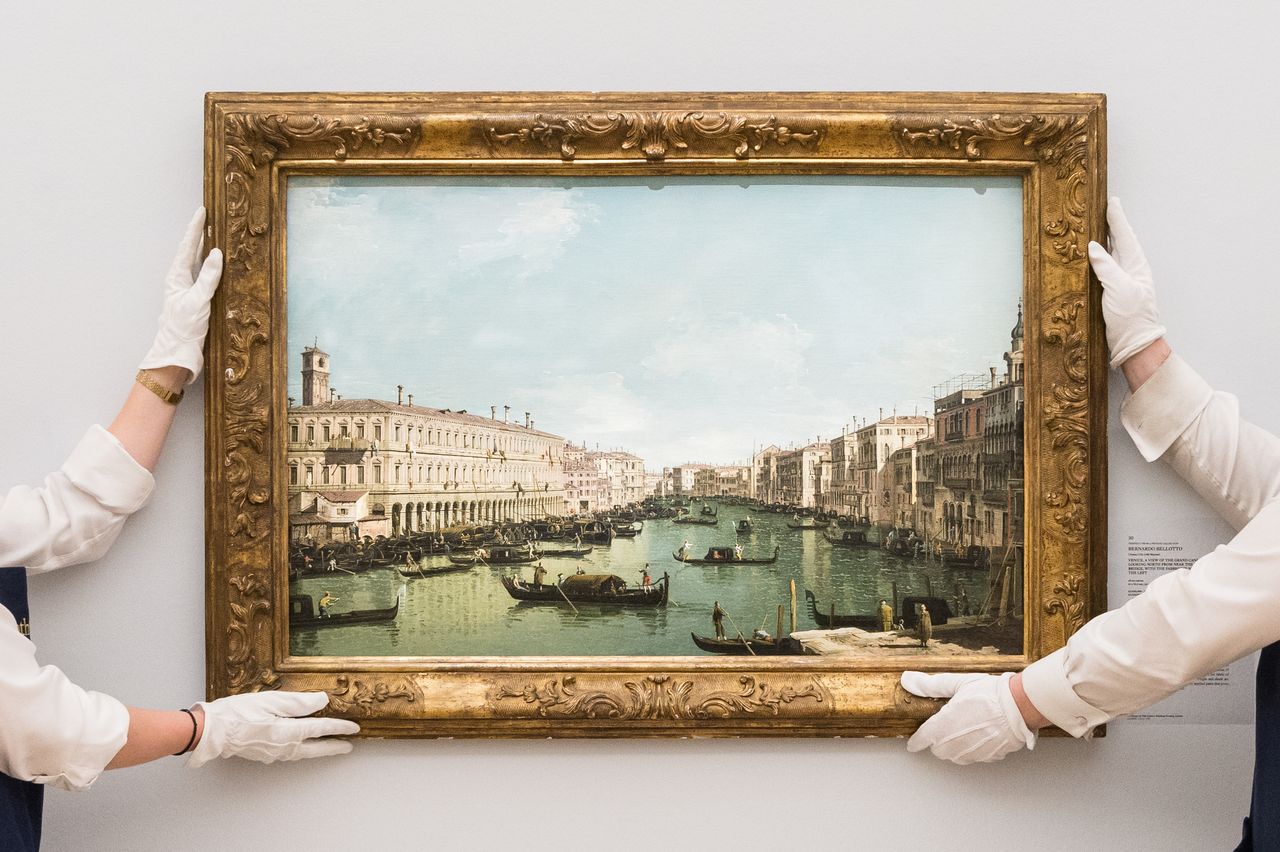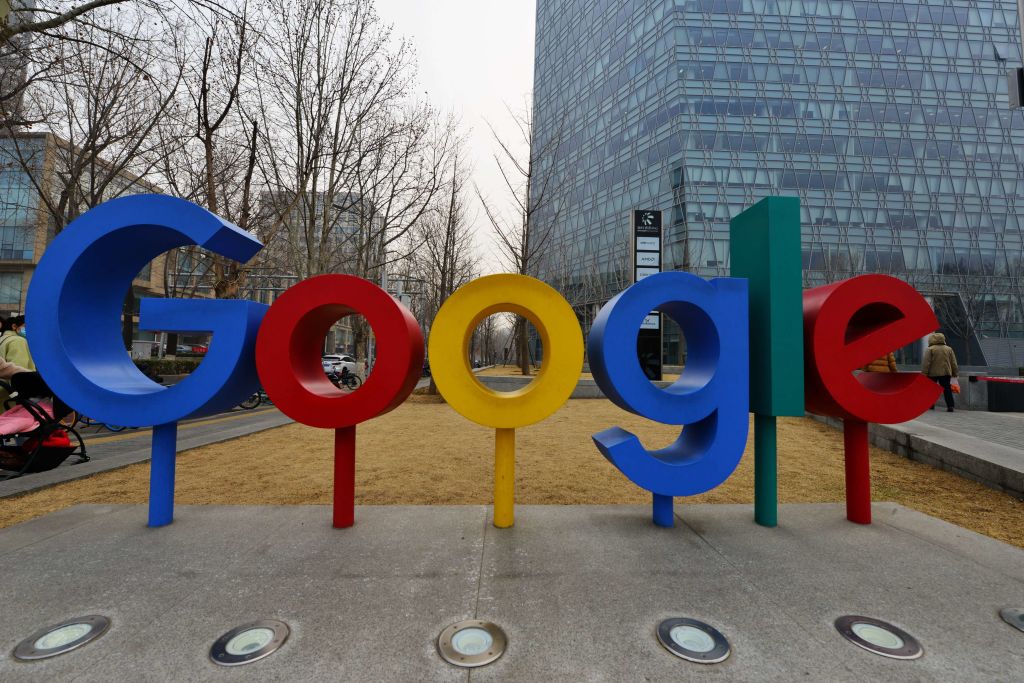Novice collectors should focus their investing efforts on what brings them happiness amid wider economic uncertainty and unpredictable returns, according to Knight Frank’s Luxury Investment Index, released Tuesday.
The index—which tracks 10 luxury collectibles: art, watches, jewellery, coins, wine, classic cars, coloured diamonds, handbags, furniture, and rare whisky—found that as a whole, the value of these collectibles rose 7% in the 12 months to the end of June.
While that outpaces the returns on some other assets, including prime property in central London (down 1% over the same time), the FTSE 100 Index (up by 5%), and gold (up 1%), it was the weakest annual performance for collectibles since the second quarter of 2021, Knight Frank said.
“Economic uncertainty and higher interest rates will cast a long shadow on luxury collectibles,” said Knight Frank’s Andrew Shirley, editor of the index. “Novice collectors should focus on what brings them joy, perhaps that’s more important now that value appreciation is far from guaranteed in these asset classes.”

Art topped the index by a long shot, growing in value by 30% in the year through the end of June, according to Art Market Research’s (AMR) All Art index, which uses data from auction sales worldwide.
However, those gains may have already peaked.
“The auction season’s spring sales are the first measure of market confidence and recent results suggest growth is already starting to slow,” AMR’s Sebastien Duthy said.
Following art, watches (10%), and jewellery (10%) rounded out the top-three best-performing collectibles of the past year.
Rare bottles of whisky were the only asset in the index to see values drop in the short term—down 4%—but collectible tipples ranked as the strongest 10-year performer, with prices rising 322% over the last decade.
“Bottles of rare whisky have had a far more sedate time from a performance perspective over the past three years,” industry consultant Andy Simpson, of Rare Whisky 101, said in the report. “Higher value (more than £5,000 (US$6,370)) bottles have re-traced recently due to a myriad of geo-political, social, and economic reasons.”
 Copyright 2020, Dow Jones & Company, Inc. All Rights Reserved Worldwide. LEARN MORE
Copyright 2020, Dow Jones & Company, Inc. All Rights Reserved Worldwide. LEARN MORE
What a quarter-million dollars gets you in the western capital.
Alexandre de Betak and his wife are focusing on their most personal project yet.
CIOs can take steps now to reduce risks associated with today’s IT landscape
As tech leaders race to bring Windows systems back online after Friday’s software update by cybersecurity company CrowdStrike crashed around 8.5 million machines worldwide, experts share with CIO Journal their takeaways for preparing for the next major information technology outage.
Be familiar with how vendors develop, test and release their software
IT leaders should hold vendors deeply integrated within IT systems, such as CrowdStrike , to a “very high standard” of development, release quality and assurance, said Neil MacDonald , a Gartner vice president.
“Any security vendor has a responsibility to do extensive regression testing on all versions of Windows before an update is rolled out,” he said.
That involves asking existing vendors to explain how they write software, what testing they do and whether customers may choose how quickly to roll out an update.
“Incidents like this remind all of us in the CIO community of the importance of ensuring availability, reliability and security by prioritizing guardrails such as deployment and testing procedures and practices,” said Amy Farrow, chief information officer of IT automation and security company Infoblox.
Re-evaluate how your firm accepts software updates from ‘trusted’ vendors
While automatically accepting software updates has become the norm—and a recommended security practice—the CrowdStrike outage is a reminder to take a pause, some CIOs said.
“We still should be doing the full testing of packages and upgrades and new features,” said Paul Davis, a field chief information security officer at software development platform maker JFrog . undefined undefined Though it’s not feasible to test every update, especially for as many as hundreds of software vendors, Davis said he makes it a priority to test software patches according to their potential severity and size.
Automation, and maybe even artificial intelligence-based IT tools, can help.
“Humans are not very good at catching errors in thousands of lines of code,” said Jack Hidary, chief executive of AI and quantum company SandboxAQ. “We need AI trained to look for the interdependence of new software updates with the existing stack of software.”
Develop a disaster recovery plan
An incident rendering Windows computers unusable is similar to a natural disaster with systems knocked offline, said Gartner’s MacDonald. That’s why businesses should consider natural disaster recovery plans for maintaining the resiliency of their operations.
One way to do that is to set up a “clean room,” or an environment isolated from other systems, to use to bring critical systems back online, according to Chirag Mehta, a cybersecurity analyst at Constellation Research.
Businesses should also hold tabletop exercises to simulate risk scenarios, including IT outages and potential cyber threats, Mehta said.
Companies that back up data regularly were likely less impacted by the CrowdStrike outage, according to Victor Zyamzin, chief business officer of security company Qrator Labs. “Another suggestion for companies, and we’ve been saying that again and again for decades, is that you should have some backup procedure applied, running and regularly tested,” he said.
Review vendor and insurance contracts
For any vendor with a significant impact on company operations , MacDonald said companies can review their contracts and look for clauses indicating the vendors must provide reliable and stable software.
“That’s where you may have an advantage to say, if an update causes an outage, is there a clause in the contract that would cover that?” he said.
If it doesn’t, tech leaders can aim to negotiate a discount serving as a form of compensation at renewal time, MacDonald added.
The outage also highlights the importance of insurance in providing companies with bottom-line protection against cyber risks, said Peter Halprin, a partner with law firm Haynes Boone focused on cyber insurance.
This coverage can include protection against business income losses, such as those associated with an outage, whether caused by the insured company or a service provider, Halprin said.
Weigh the advantages and disadvantages of the various platforms
The CrowdStrike update affected only devices running Microsoft Windows-based systems , prompting fresh questions over whether enterprises should rely on Windows computers.
CrowdStrike runs on Windows devices through access to the kernel, the part of an operating system containing a computer’s core functions. That’s not the same for Apple ’s Mac operating system and Linux, which don’t allow the same level of access, said Mehta.
Some businesses have converted to Chromebooks , simple laptops developed by Alphabet -owned Google that run on the Chrome operating system . “Not all of them require deeper access to things,” Mehta said. “What are you doing on your laptop that actually requires Windows?”















